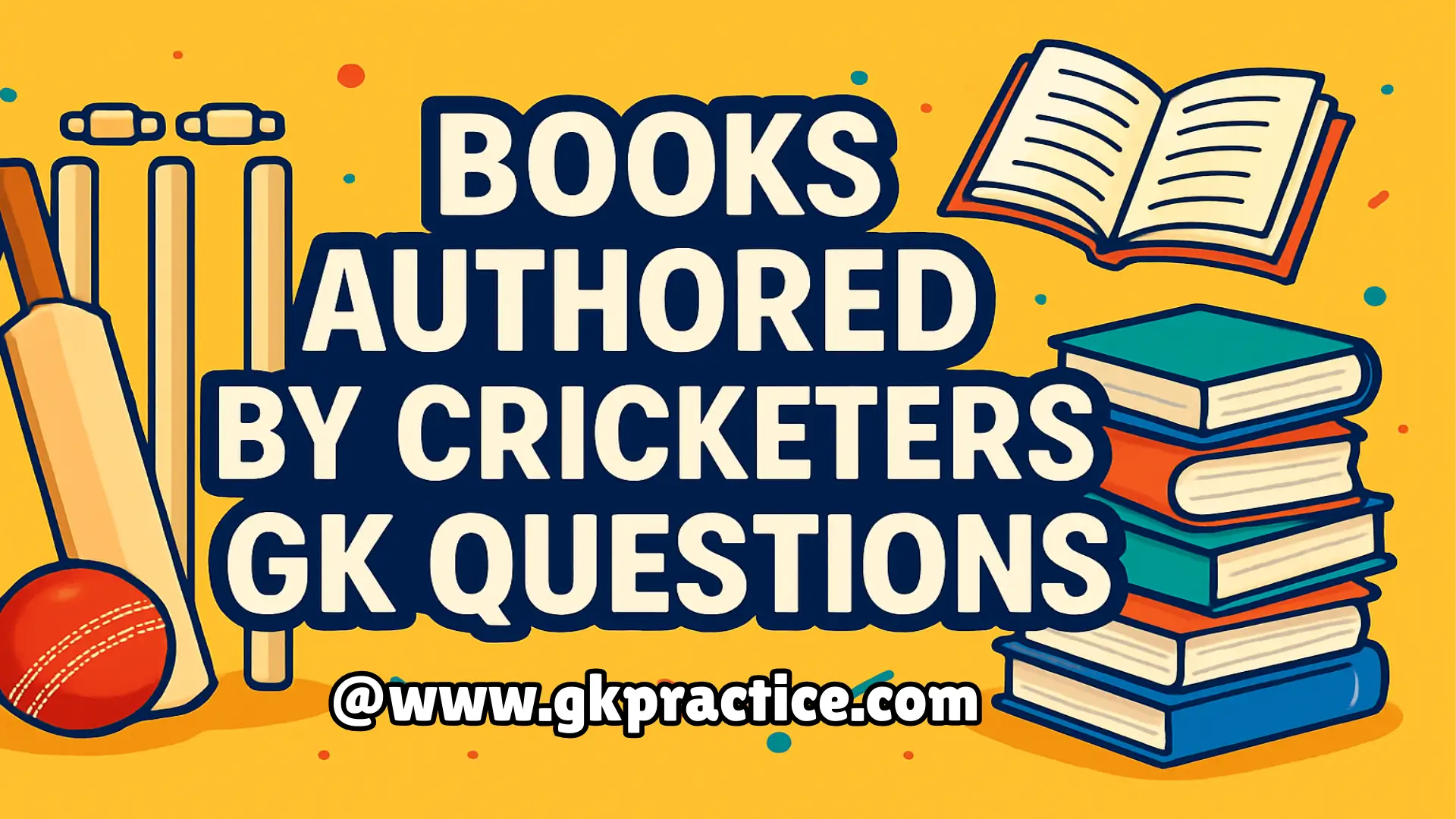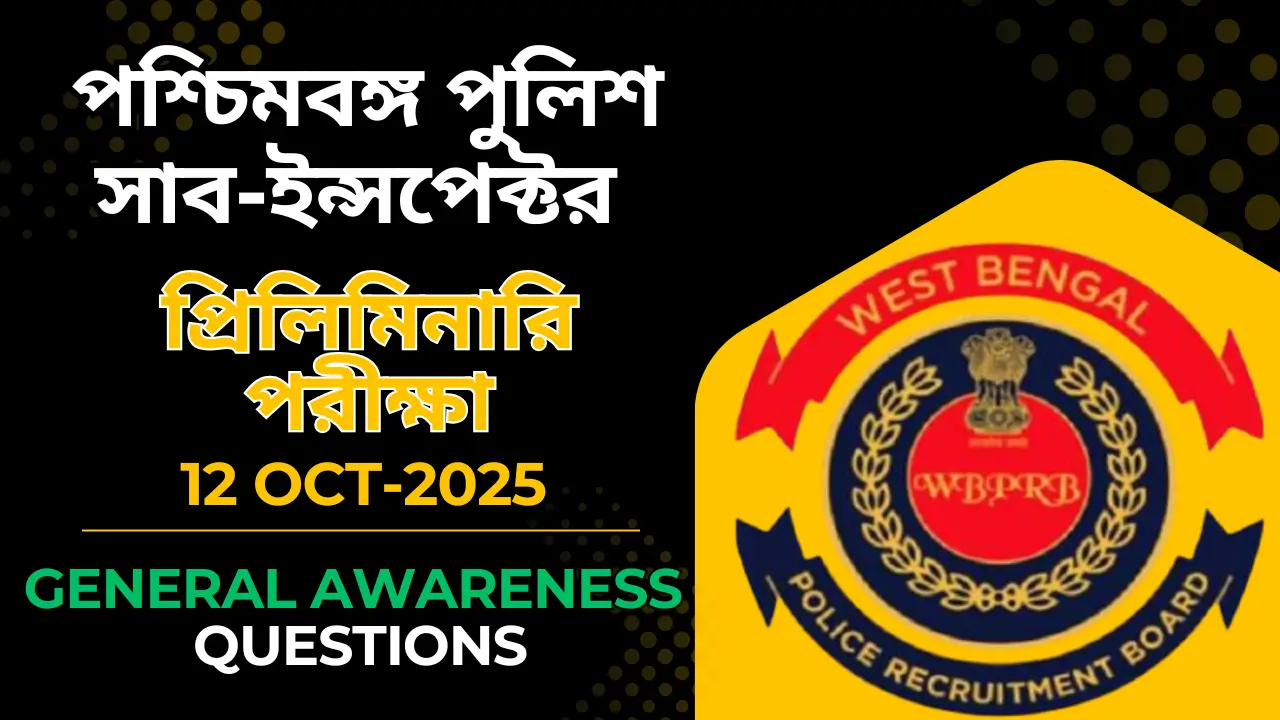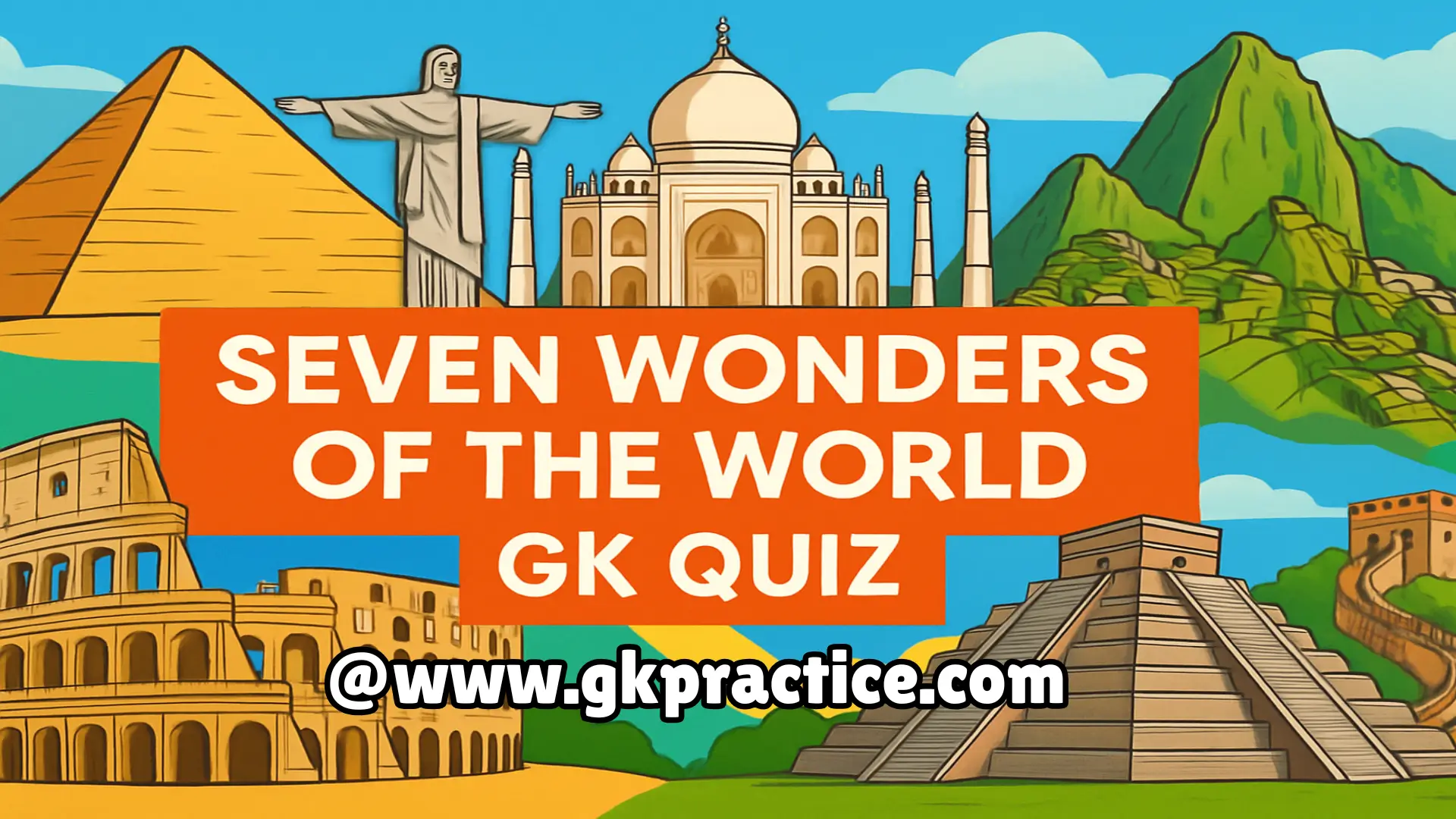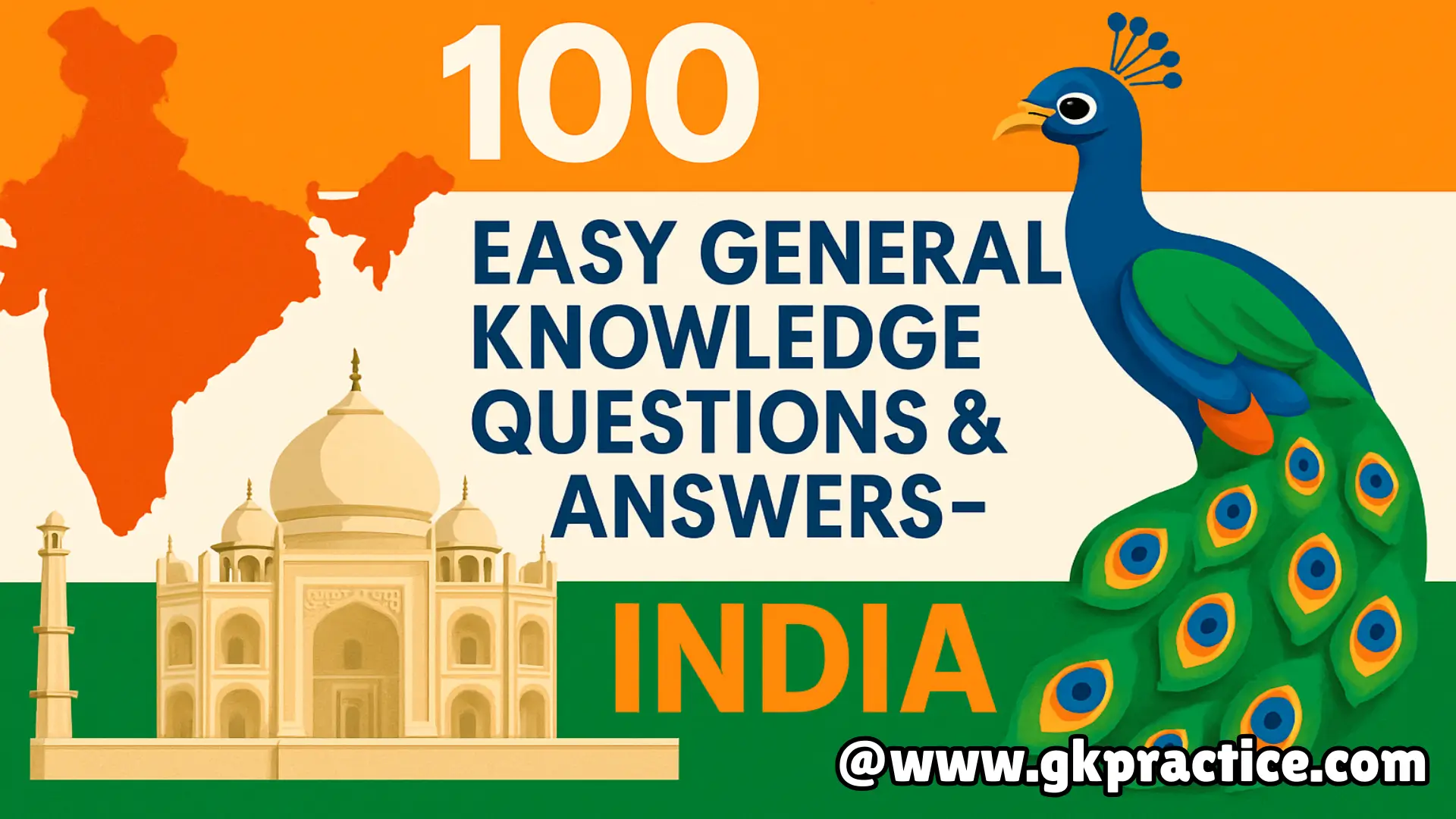A) Ricky Ponting
B) Steve Waugh
C) Adam Gilchrist
D) Glenn McGrath
Explanation: Adam Gilchrist’s True Colours (2008) highlights his cricket journey, explosive batting, wicketkeeping skills, and honesty about controversies like sledging. It gives a candid insight into his experiences in international cricket.
Q12) Beyond Ten Thousand is a book written by which batsman?
A) Allan Border
B) Steve Waugh
C) Ricky Ponting
D) Matthew Hayden
Explanation: Allan Border’s Beyond Ten Thousand reflects on his milestone of crossing 10,000 Test runs. Published in 1993, it showcases his determination, leadership, and role in rebuilding Australian cricket during the 1980s.
Q13) The book The Breaks Are Off was written by which English cricketer?
A) Kevin Pietersen
B) Graeme Swann
C) Alastair Cook
D) Paul Collingwood
Explanation: England spinner Graeme Swann’s The Breaks Are Off (2011) mixes humor with cricketing experiences, highlighting Ashes victories, dressing-room stories, and his attacking bowling style. It captures his personality both on and off the field.
Q14) Which cricketer wrote No Spin?
A) Shane Warne
B) Muttiah Muralitharan
C) Anil Kumble
D) Stuart MacGill
Explanation: No Spin, released in 2018, is Shane Warne’s candid autobiography. It provides insights into his career, controversies, friendships, and match-winning moments as one of cricket’s greatest leg spinners.
Q15) At the Close of Play is the autobiography of which player?
A) Steve Waugh
B) Ricky Ponting
C) Michael Clarke
D) Justin Langer
Explanation: Ricky Ponting’s autobiography At the Close of Play (2013) captures his long career, World Cup triumphs, captaincy pressure, and rivalry with England in the Ashes. It gives an honest reflection of his cricketing life.
Q16) Which Indian cricketer authored Imperfect?
A) Ajit Agarkar
B) Sanjay Manjrekar
C) Murali Kartik
D) Parthiv Patel
Explanation: Sanjay Manjrekar’s Imperfect (2017) highlights his insecurities, struggles, and reflections as an Indian batsman. Unlike other autobiographies, it focuses more on vulnerabilities and honesty about his career rather than achievements.
Q17) The book Courage and Conviction belongs to which cricketer?
A) Ajinkya Rahane
B) Mohinder Amarnath
C) Suresh Raina
D) Virender Sehwag
Explanation: Mohinder Amarnath’s autobiography Courage and Conviction (2017) presents his fearless batting, ups and downs in the Indian team, and experiences from the 1983 World Cup triumph. It portrays his resilience in difficult cricketing times.
Q18) Standing Tall is a book written by which Indian pacer?
A) Zaheer Khan
B) Javagal Srinath
C) Ashish Nehra
D) Bishan Singh Bedi
Explanation: Standing Tall is based on the life of Javagal Srinath, one of India’s fastest bowlers. It highlights his pace bowling, role in the 1990s Indian team, and contributions after retirement.
Q19) Who authored the book The Nice Guy Who Finished First?
A) Rahul Dravid
B) VVS Laxman
C) Anil Kumble
D) Sourav Ganguly
Explanation: Rahul Dravid’s The Nice Guy Who Finished First is a biography by Devendra Prabhudesai. It depicts Dravid’s calm personality, consistency, and importance in Indian cricket as the dependable “Wall.”
Q20)Time to Declare is an autobiography of which former England captain?
A) Andrew Strauss
B) Michael Vaughan
C) Nasser Hussain
D) Mike Atherton
Explanation: Michael Vaughan’s Time to Declare (2009) reflects on his Ashes-winning captaincy in 2005, leadership experiences, and his career’s ups and downs. It portrays the pressures of leading England during a crucial era.







